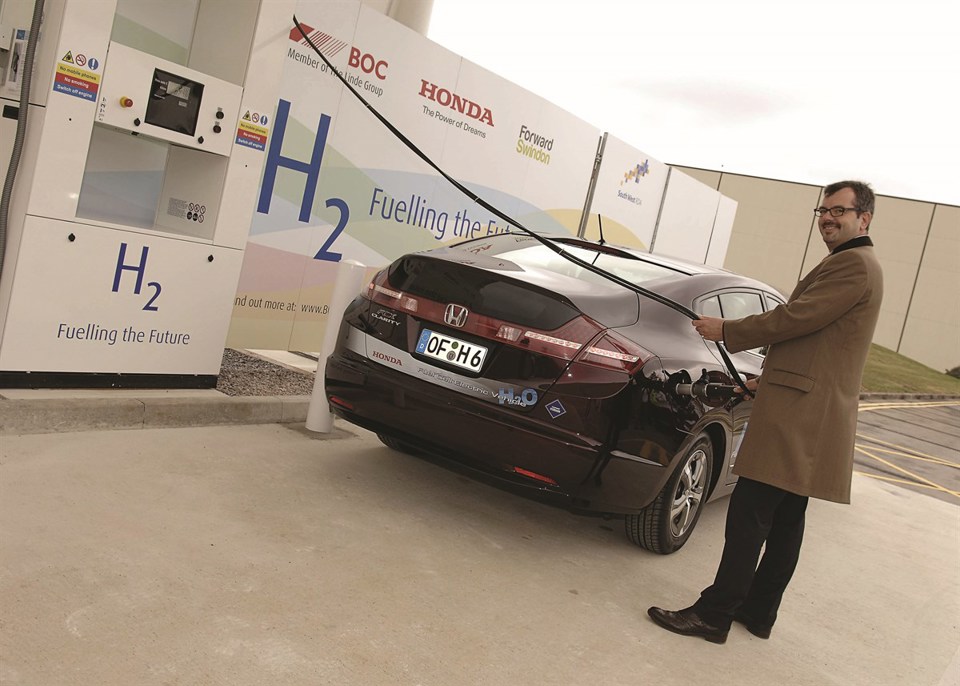EU decision-makers and industry leaders joined forces at the annual Drive ‘n’ Ride event to discuss how zero-emission, hydrogen powered fuel cell vehicles can help meet European emission targets.
In what was termed as the ‘chicken and egg’ scenario, the message was clear:
Fuel cell and hydrogen technology is market ready and the ideal route to clean transport in Europe.
- Private public partnerships will continue to be essential to deliver an affordable European-wide hydrogen fuelling infrastructure.
- Europe must now decide whether it wants to lead the transition to clean transport and secure the associated growth and jobs or whether it wants to follow other global leaders.
- Public awareness for hydrogen fuel cell technology is imperative.
“To maintain Europe’s leading position on clean technology for transport, a stable political framework and joint action is needed to address emissions targets, create new jobs and harness the advanced technology that exists. To deploy hydrogen fuel cell powered vehicles requires a combination of reducing costs and increasing efficiency. Consumer acceptance is key for take-up. Decisive European action from industry and Member States is critical to make our transport system more sustainable and environmentally responsible,” said Commissioner Siim Kallas, vice president of the European Commission in charge of transport.
Industry speakers stressed that no technology succeeds in isolation. Increased production of hydrogen from renewables and hydrogen application for energy storage has the potential to deliver growth and jobs far beyond the transport sector.
Other highlights from industry included:
Hydrogen fuel cell powered vehicles are already on the road, they are safe and ready for the market. Their ranges are comparable to those of internal combustion engine vehicles. They produce no emissions and they are quiet.
- The cost of the necessary European-wide hydrogen fuelling infrastructure could be five times lower than the cost of the charging network required for battery and plug-in hybrid vehicles.
- Costs continue to fall on average, by 25% per annum over the last 10 years. The costs of fuel cell systems for vehicles are expected to further decrease by 90% by 2020.
- The lack of an adequate refuelling infrastructure is the only significant remaining obstacle to a successful roll-out of hydrogen powered fuel cell vehicles across the EU. There are significant efforts on-going in several Member States, such as in Germany, the UK, Scandinavia, Netherlands, France, Italy and other countries. These efforts must be brought together in a coordinated strategy and given a political boost.
The event - under the patronage of Carlo Fidanza, MEP and rapporteur for the clean power for transport package of the European Parliament’s transport and tourism committee - was organised by Air Liquide, Daimler, Honda, Hyundai, Intelligent Energy, Toyota and Linde in partnership with the fuel cells and hydrogen joint undertaking.

















Login to comment
Comments
No comments have been made yet.